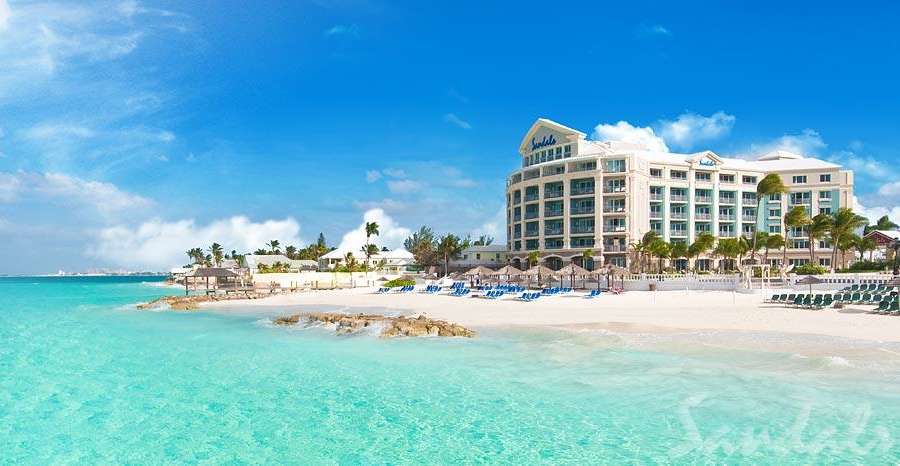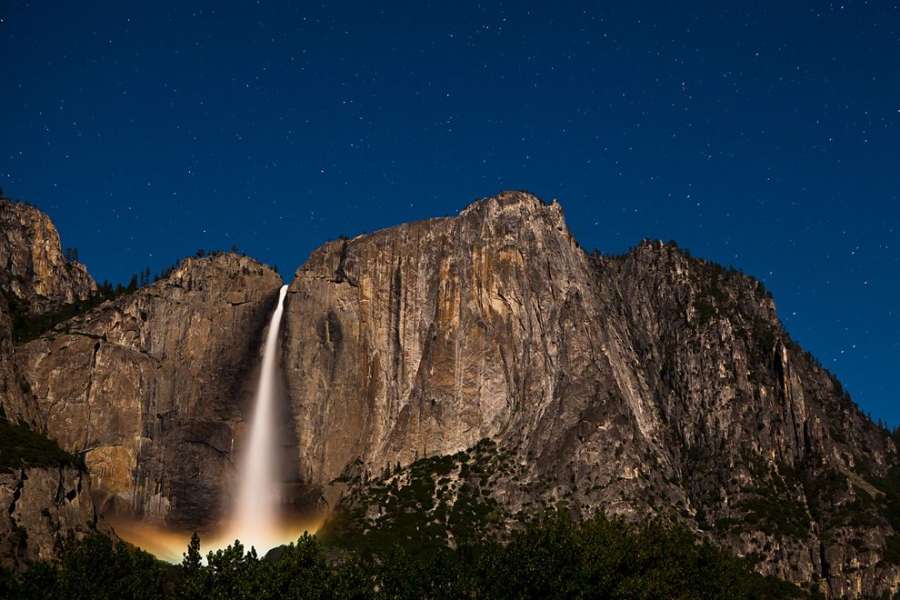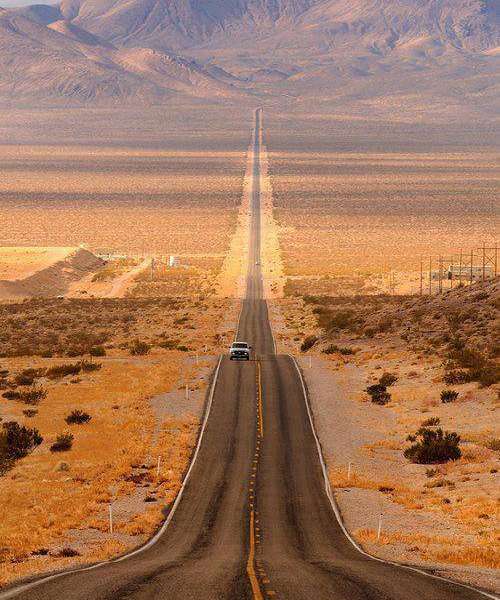The Amazon basin is one of the world’s most mysterious and largely unstudied regions, covering 7 million square kilometers, with 5.5 million square kilometers remaining mostly untouched by archaeologists. The preconception has long been that humans could not have flourished in the Amazon due to its challenging conditions and poor soil. However, recent evidence suggests otherwise. The clearances of the Amazon rainforest for soybean and cattle farms have led to the discovery of evidence of large cities and advanced civilizations that once existed in the area.
The first European to cross South America from west to east along the Amazon was Francisco de Orellana, who reported seeing incredible cities with advanced arts and crafts and millions of people. A hundred years later, when other Europeans explored the area, they could not find these cities and assumed that Francisco had made it all up. However, in recent years, the jungle has been cleared, revealing the cities that were once thought to be just a fantasy. The latest evidence suggests that there were cities in the Amazon with populations of 50,000, possibly totaling 20 million people across the entire region.
So, how did these people feed themselves in the Amazon, with its poor soil? The answer is that they invented a soil called Terra Preta, or Amazonian dark earths. This man-made soil, which is thousands of years old, is full of microbes not found in surrounding soil and is based on biochar. Terra Preta can instantly make barren soil fertile, and is highly sought after in the Amazon. It is still not understood by soil experts how this was done, but it is one of many pieces of evidence that suggest a much higher level of development in the Amazon than previously thought.









Leave a Comment